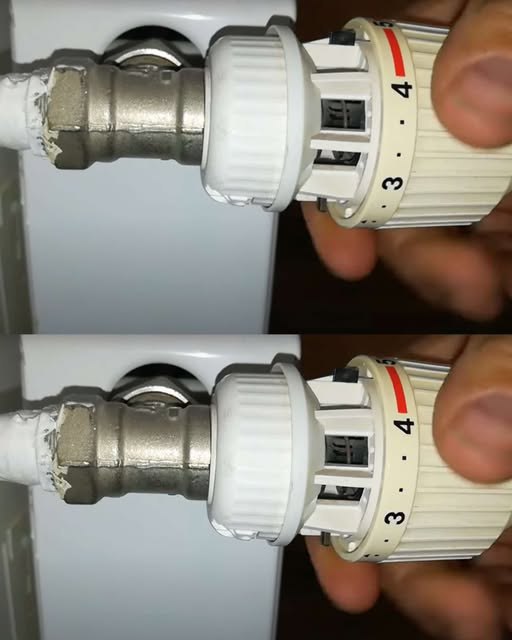ADVERTISEMENT
How to Set the Ideal Radiator Temperature: The Comprehensive Guide to Comfort and Savings
When the cold weather rolls in, the radiator becomes a key player in keeping your home warm and comfortable. But setting the right radiator temperature is more than just about feeling cozy—it also plays a crucial role in energy efficiency and cost savings. Whether you’re looking to optimize your heating system for comfort or lower your energy bills, this guide will walk you through everything you need to know about setting the ideal radiator temperature.
Why Setting the Right Radiator Temperature Matters
Finding the perfect temperature for your radiators isn’t just about comfort; it’s also about energy efficiency. If you set your radiators too high, you’re wasting energy, leading to higher heating bills. On the other hand, setting them too low can result in chilly rooms and uncomfortable living conditions. The goal is to find the sweet spot where your home is warm enough without overworking your heating system.
The Ideal Radiator Temperature Range
For most homes, the recommended temperature for radiators typically falls between 18°C to 22°C (64°F to 72°F). However, the ideal temperature can depend on factors like your personal comfort, the size and insulation of your home, and the time of day. Here’s a closer look at how to set your radiator temperature based on different situations:
- Living Room: The living room is where you likely spend the most time, so it’s important to have a comfortable temperature here. A good temperature range is between 20°C and 22°C (68°F – 72°F).
- Bedroom: Cooler temperatures are ideal for sleeping, as they promote better rest. Set your radiator temperature in the bedroom to about 18°C to 20°C (64°F – 68°F).
- Bathroom: Bathrooms can feel colder because of the humidity, so setting the radiator temperature between 22°C and 24°C (72°F – 75°F) will ensure it stays comfortable, especially during showers.
- Kitchen: The kitchen is often naturally warmer due to cooking, so you may not need to turn your radiator up very high. A temperature between 18°C and 20°C (64°F – 68°F) should be sufficient.
How to Adjust Radiator Temperature for Energy Efficiency
Now that you know the ideal temperature for different rooms, let’s talk about how to adjust your radiator settings for the most energy-efficient use:
1. Use Thermostatic Radiator Valves (TRVs)
Thermostatic radiator valves (TRVs) are a fantastic tool to control the temperature of each room individually. With TRVs, you can adjust the heat based on the room’s usage and your preference, ensuring that you’re not wasting energy in rooms that aren’t being used. For example:
- Keep the radiator in the living room at a comfortable temperature.
- Reduce the heat in rooms you don’t use as often, like the guest bedroom.
By regulating temperatures in each room, you can save energy and ensure you’re only heating the rooms you’re actually using.
2. Turn Down the Thermostat at Night
At night, your body naturally lowers its temperature to sleep better, so there’s no need to keep your radiators running high. Lower the thermostat by 1 or 2 degrees in the evening to conserve energy without sacrificing comfort.
3. Use a Timer or Smart Thermostat
Using a timer or a smart thermostat allows you to automatically lower the heat when you’re not at home or while you’re sleeping. Smart ther
